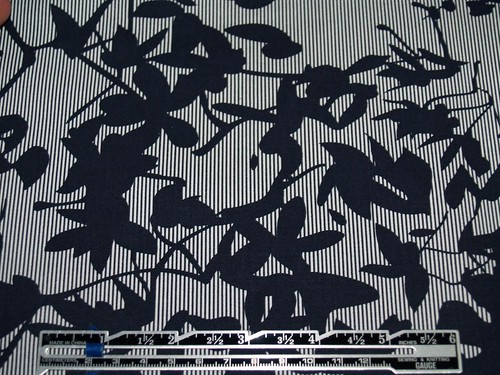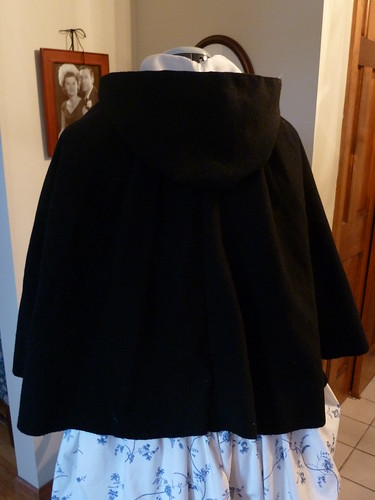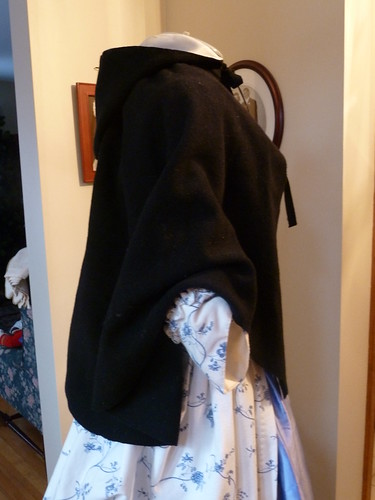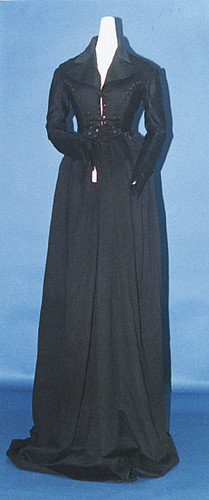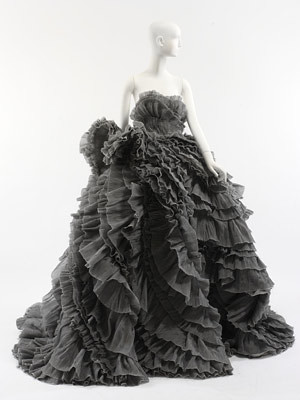Definition: Poplin
Poplin is a textured polyester and is medium weight and FR NFPA 701 (Fire Retardant). It has several uses such as banners, table and chair covering, table skirting, choir, graduation and judicial robes, lighting projection, party, event exhibits, backdrop, ceiling and wall drops as well as curtains or draperies.Traditionally, poplin fabric consists of silk warp with a weft of worsted yarn. Today, there are several varieties that can be found such as those made with wool, cotton, silk, rayon, or any mixture of these, though originally made from silk. Shirts made from this material are easy to iron and do not wrinkle easily.
Other Useful Readings About Poplin
Poplin half Cullen Mirren strapless dress, in a summer party or in hot ...hardmoneyu.com
9/12/12
Women as its main design clothing wholesale dress, throughout history. Classical style more than the popular clothes, because historically, women wear clothes nearly all of the time. karen millen online Although women may ...
Preppy Red Poplin Shorts (and a dash of #fail) « Miss Celie's Pants
missceliespants.com
7/19/12 Meet my super preppy red stretch poplin shorts made from the June 2011 Burda magazine. Man. It's hot as Haiti here. I took photos before 8 a.m. and it was already pushing 90 degrees (32 C). For this pair, I was inspired by an ...

